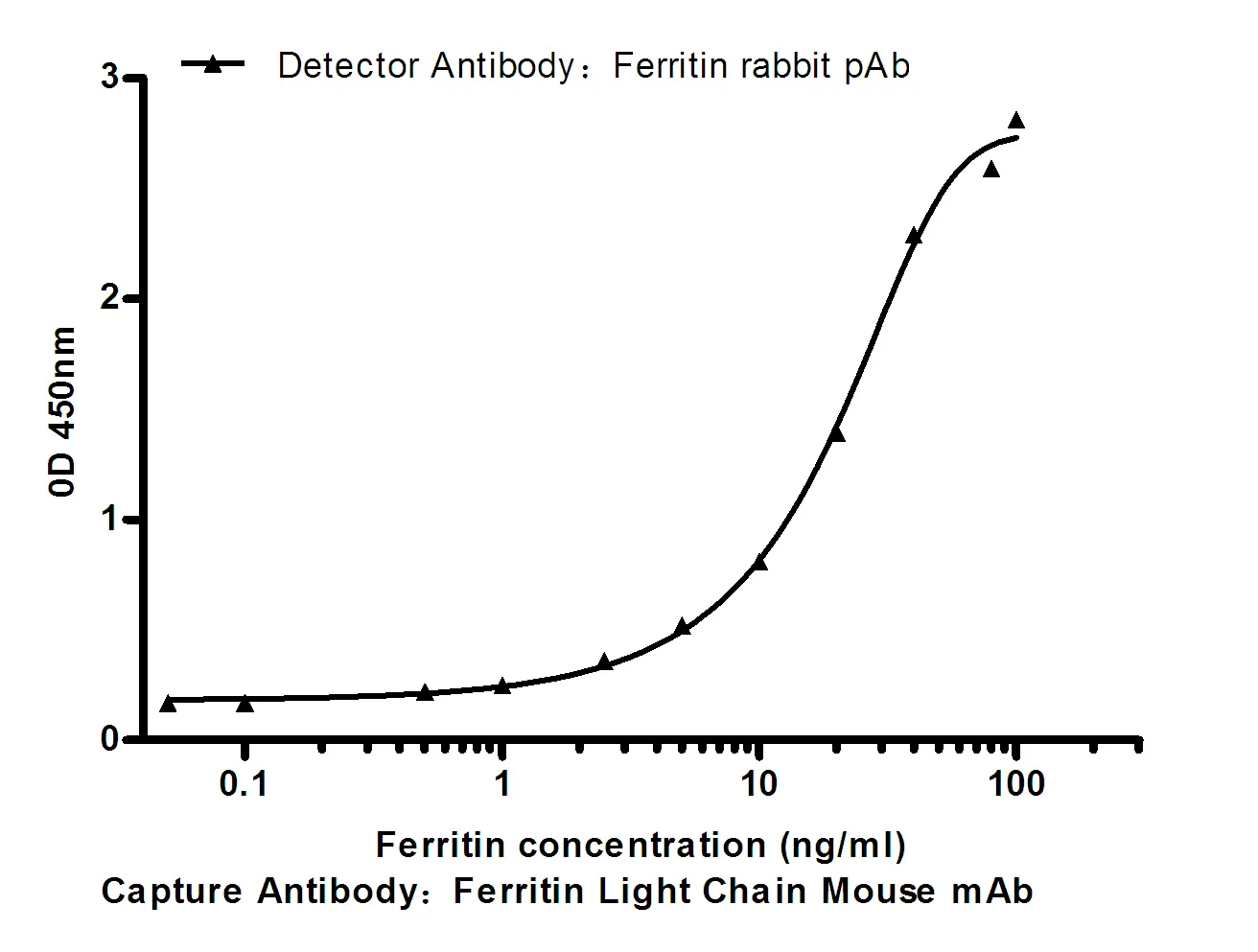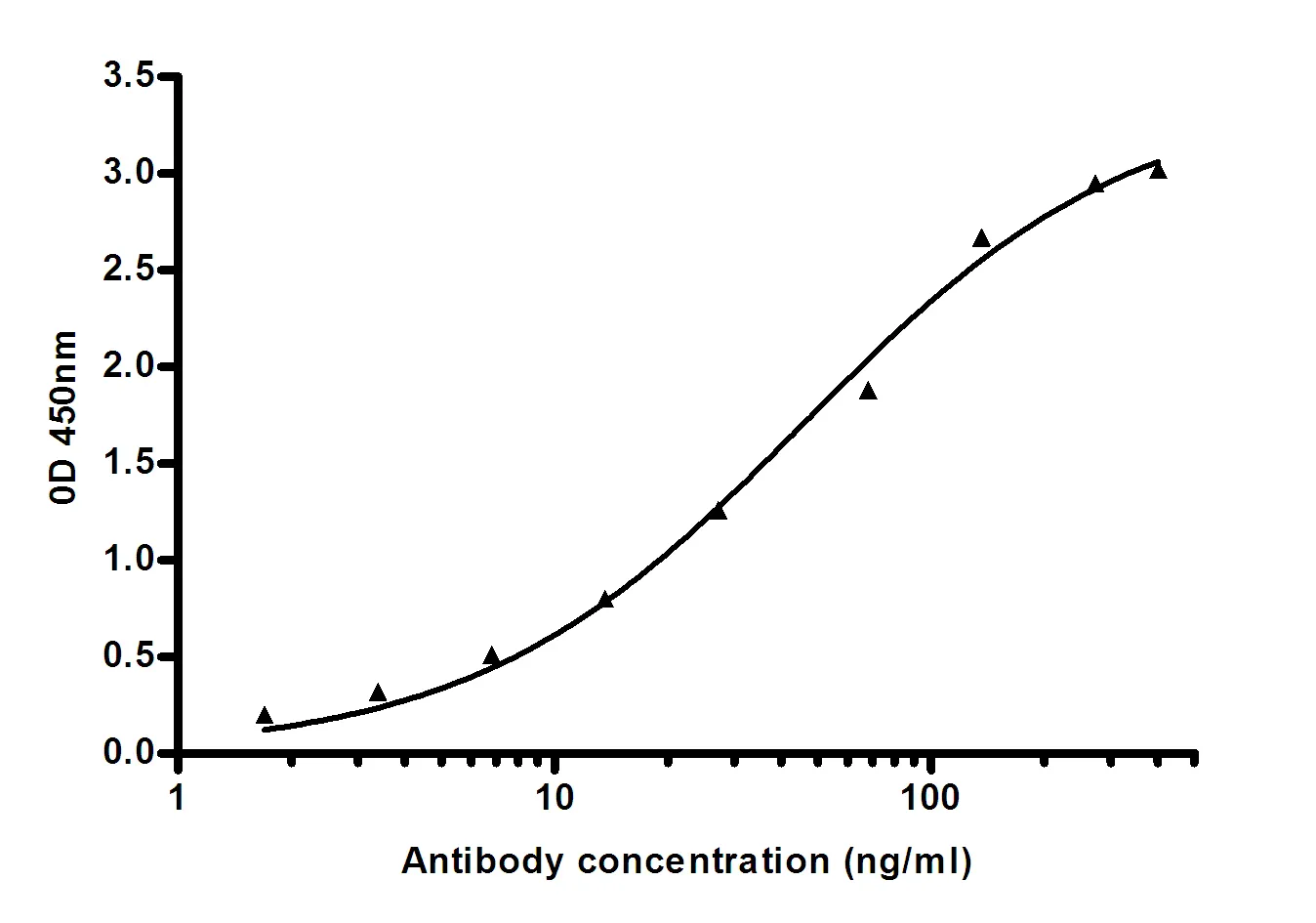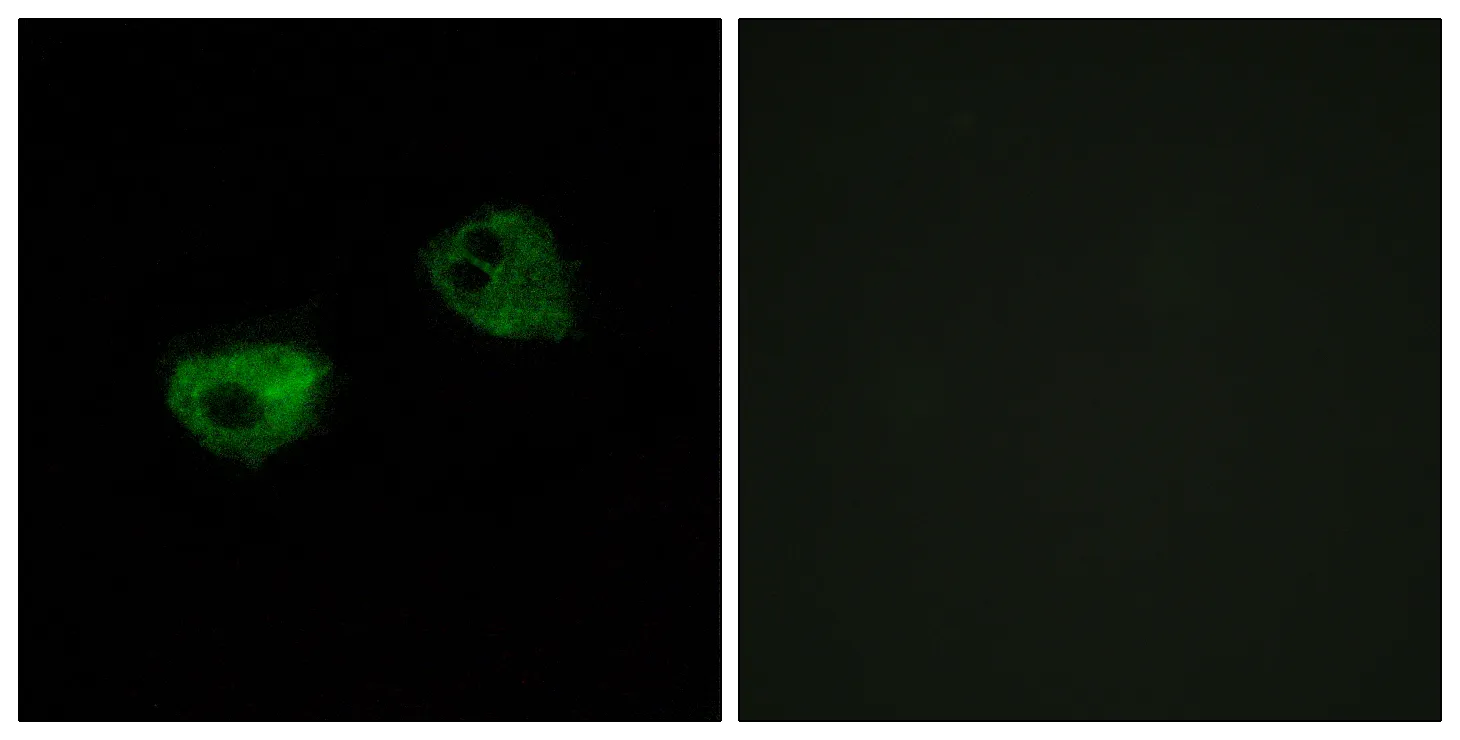Summary
Performance
Immunogen
Application
Background
Glutamate receptors are the predominant excitatory neurotransmitter receptors in the mammalian brain and are activated in a variety of normal neurophysiologic processes. These receptors are heteromeric protein complexes composed of multiple subunits, arranged to form ligand-gated ion channels. The classification of glutamate receptors is based on their activation by different pharmacologic agonists. The subunit encoded by this gene belongs to a family of AMPA (alpha-amino-3-hydroxy-5-methyl-4-isoxazole propionate)-sensitive glutamate receptors, and is subject to RNA editing (AGA->GGA; R->G). Alternative splicing of this gene results in transcript variants encoding different isoforms, which may vary in their signal transduction properties. Some haplotypes of this gene show a positive association with schizophrenia. [provided by RefSeq, Jul 2008],function:Ionotropic glutamate receptor. L-glutamate acts as an excitatory neurotransmitter at many synapses in the central nervous system. Binding of the excitatory neurotransmitter L-glutamate induces a conformation change, leading to the opening of the cation channel, and thereby converts the chemical signal to an electrical impulse. The receptor then desensitizes rapidly and enters a transient inactive state, characterized by the presence of bound agonist.,miscellaneous:The postsynaptic actions of Glu are mediated by a variety of receptors that are named according to their selective agonists. This receptor binds AMPA (quisqualate) > glutamate > kainate.,PTM:Palmitoylated. Depalmitoylated upon glutamate stimulation. Cys-611 palmitoylation leads to Golgi retention and decreased cell surface expression. In contrast, Cys-837 palmitoylation does not affect cell surface expression but regulates stimulation-dependent endocytosis.,similarity:Belongs to the glutamate-gated ion channel (TC 1.A.10) family.,subunit:Homotetramer or heterotetramer of pore-forming glutamate receptor subunits. Tetramers may be formed by the dimerization of dimers. Interacts with EPB41L1 via its C-terminus.,
Research Area
Neuroactive ligand-receptor interaction;




